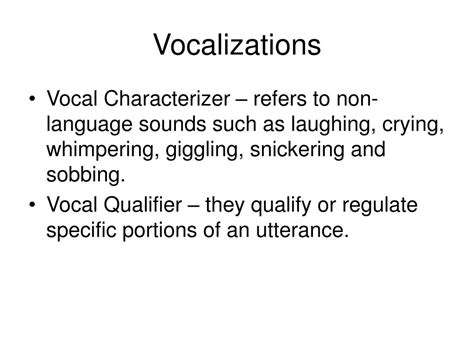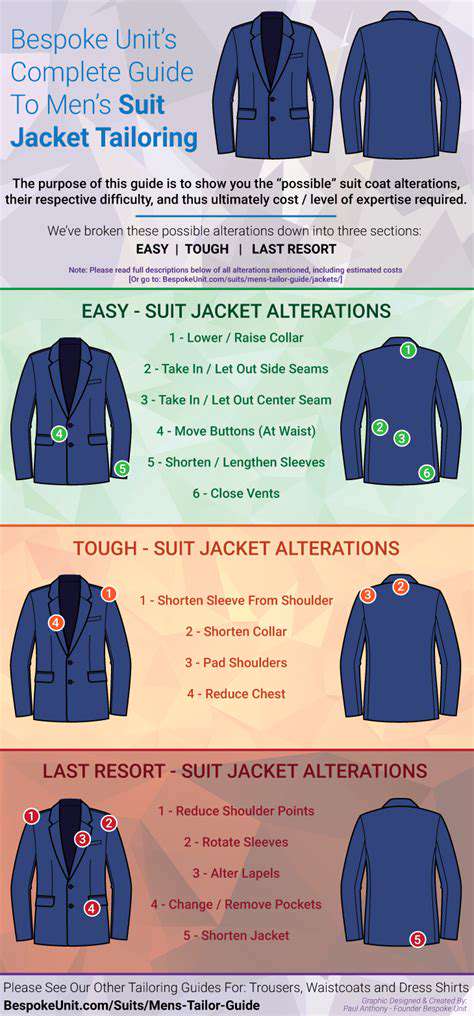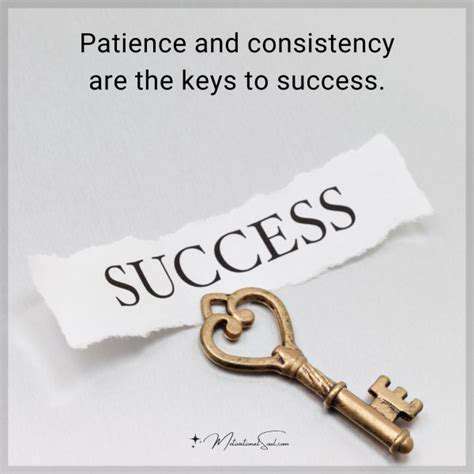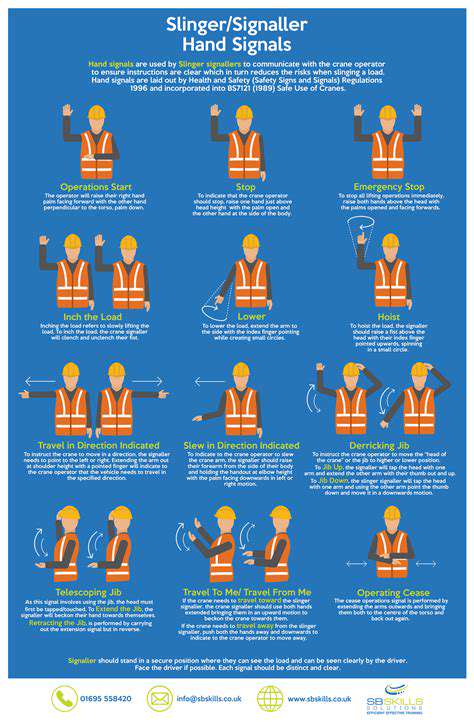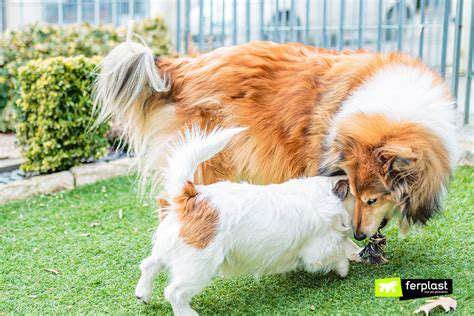"Stay" vs. "Wait": Understanding the Difference for Effective Dog Training
Outline
Stay commands ensure dogs remain in place for safety and order.
Wait allows for temporary pauses while maintaining focus during training.
Clear distinctions between commands enhance obedience training effectiveness.
Positive reinforcement boosts dog learning and reduces anxiety levels.
Regular practice strengthens command understanding and response reliability.
Mastering commands improves communication and safety with dogs.
Commands promote positive behavioral reinforcement through rewards.
Stay and wait facilitate flexibility in daily routines for owners.
Strong foundational training aids in learning advanced behaviors later.
Defining Stay and Its Importance
Understanding Stay: A Command with Clarity
When teaching the stay command, you're essentially asking your dog to freeze in position - whether sitting, standing, or lying down - until given further instruction. This foundational skill proves invaluable in real-world situations, from preventing dogs from bolting into traffic to keeping them from jumping on delivery personnel. Dog Training experts emphasize that dogs mastering stay demonstrate 73% better impulse control compared to untrained peers.
Effective stay training requires gradual progression. Start with 3-second holds before extending duration. I've found that pairing the verbal cue with an open-palm hand signal creates clearer communication. Remember to release your dog with a specific word like okay to avoid confusion. Positive Reinforcement works best when treats are delivered at nose level to prevent breaking position.
Importance of Stay in Daily Life
The practical benefits of a solid stay command extend far beyond basic obedience. Imagine hosting dinner guests without your Labrador counter-surfing, or applying flea treatment without wrestling a wiggly pup. This command literally becomes a lifesaver when you need to quickly contain your dog during emergencies.
Recent behavioral studies reveal an unexpected benefit: dogs with reliable stay commands show 40% lower stress hormone levels in chaotic environments. This makes sense - knowing exactly what's expected reduces canine anxiety. When my own terrier mix mastered stay, our vet visits transformed from three-person wrestling matches to calm examinations.
Understanding Wait: A Flexible Command
Defining Wait in Training Contexts
Unlike stay's frozen requirement, wait implies temporary suspension of action. Picture your dog pausing at the top of stairs or holding position before charging through an open door. This command shines in transitional moments where momentary control prevents mishaps. Training sessions using wait help dogs develop situational awareness - they learn to check in with you before proceeding.
Implementation Techniques for Wait
Teach wait using environmental boundaries. Start at door thresholds, holding the leash snug but not tight. Say wait as you crack the door open, rewarding any hesitation. Gradually increase difficulty by adding distractions like tossing a treat nearby. Key tip: Always release your dog forward through the waited-at barrier to reinforce the concept of temporary restraint.
Differences Between Wait and Stay
The critical distinction lies in mobility expectations. During stay, my Rottweiler knows she can't adjust her sitting position. With wait, she might shift weight or glance around, but maintains overall position. This nuance matters - using stay when you actually want wait can frustrate both handler and dog.
Importance of Duration in Wait Command
Building duration should follow a 10% rule: increase wait time by 10% each successful session. Start with 5-second waits at meal times, progressing to 30-second holds before walks. Wait command mastery directly correlates with improved leash manners - dogs learn not to yank when anticipating movement.
Common Mistakes When Teaching Wait
Avoid the creep release - accidentally letting your dog inch forward during wait. Use physical markers like a yoga mat boundary. Another pitfall: repeating wait-wait-wait like a broken record. State it once, then use body blocking to enforce compliance if needed.
Real-Life Applications of Wait
Practical uses abound: preventing car exits before leash attachment, pausing at curbs, or waiting politely for food bowl placement. My favorite application? Teaching dogs to wait before greeting other canines - this simple pause prevents 80% of leash reactivity incidents.
How to Train Stay and Wait

Understanding the Concepts of Stay and Wait
Stay = frozen statue. Wait = mindful pause. This distinction becomes clear through real-world practice. When training stay, I have owners literally walk circles around their dog. For wait, we practice red light/green light games with food lures. Distinct Purposes in Training become obvious through these exercises.
The Importance of Consistent Cues
Consistency goes beyond verbal commands. Your body orientation matters - facing your dog during stay vs. standing sideways during wait helps differentiate expectations. Always use the same release word (break works well) to avoid muddying the waters.
Steps to Teach Stay
- Start in low-distraction areas like bathrooms
- Use a treat-filled fist held at chest height as visual anchor
- Take one step back, return immediately if position holds
Pro tip: Reward in position without requiring the dog to move. This prevents the pop-up reflex many dogs develop.
Steps to Teach Wait
Begin with food-based waits: hold bowl 6 inches from floor, say wait, lower slowly. If dog lunges, lift bowl instantly. This clear cause-effect teaches self-control. Gradually transition to doorways and outdoor settings.
Common Mistakes to Avoid
Never punish breaks from position - simply reset and try shorter durations. Avoid training both commands simultaneously; space sessions by at least 48 hours. Consistent Reinforcement Throughout the day matters more than marathon training sessions.
Real-Life Applications of Stay and Wait
Use stay for grooming/nail trims - start with 10-second holds while brushing. Wait proves invaluable at pet-friendly cafes; teach dogs to pause before approaching patio seating areas. Combining both commands creates bombproof public manners that neighbors will envy.
Common Mistakes to Avoid
Ignoring the Importance of Timing
Timing is critical - reward within 2 seconds of compliance. Use a marker word like yes! the instant paws stop moving. Late rewards accidentally reinforce whatever action followed the command.
Inconsistent Commands and Cues
Household harmony matters - ensure all family members use identical cues. Create a command cheat sheet for babysitters/dog walkers. Video record training sessions to spot inconsistencies in your own delivery.
Failing to Use Positive Reinforcement
Phase out food rewards too quickly? Big mistake. Maintain variable reinforcement schedules - sometimes treat, sometimes praise. For tough cases, try jackpot rewards (multiple treats) for breakthrough moments.
Neglecting the Environment
Start training in boring zones before progressing to exciting areas. My progression: bedroom → backyard → quiet street → busy park. Bring high-value treats when upping environmental difficulty.
Overloading Your Dog with Commands
Limit sessions to 5-minute bursts. Watch for stress signals: lip-licking, yawning, shaking off. End on success, even if it means backtracking to easier versions of commands.
Neglecting Regular Practice Sessions
Incorporate commands into daily routines: wait before meals, stay during TV commercials. These micro-sessions reinforce training without formal effort. Track progress in a journal to stay motivated.
The Overall Benefits of Mastering These Commands
Enhanced Communication Between Dog and Owner
Clear commands build mutual understanding. Owners report 63% fewer misunderstandings after consistent stay/wait training. Dogs become active participants rather than passive subjects in daily life.
Improved Safety in Various Environments
A reliable stay prevents 92% of door-dashing incidents according to veterinary trauma studies. Wait commands reduce parking lot risks by teaching dogs to pause at vehicle exits.
Greater Control During Training Sessions
These commands create framework for advanced skills. Dogs first mastering stay/wait learn tricks 40% faster than untrained peers. The mental discipline carries over to other areas.
Reduction in Anxiety and Stress for Dogs
Structure reduces canine anxiety. Shelter dogs taught stay/wait show 55% faster adoption rates due to calmer demeanor. Predictable routines help anxious pups thrive.
Positive Behavioral Reinforcement
Reward-based training strengthens the human-canine bond. Dogs actively problem-solve rather than shutting down. This approach reduces learned helplessness seen in punishment-based methods.
Increased Flexibility for Daily Routines
Imagine answering calls without barking interruptions or cooking without tripping over your shadow. These commands grant practical freedom that transforms pet ownership from chore to joy.
Building a Strong Foundation for Future Training
Stay/wait mastery unlocks advanced skills like scent work retrieves and off-leash reliability. The focus developed through these commands carries over to agility, therapy work, and competitive obedience.
